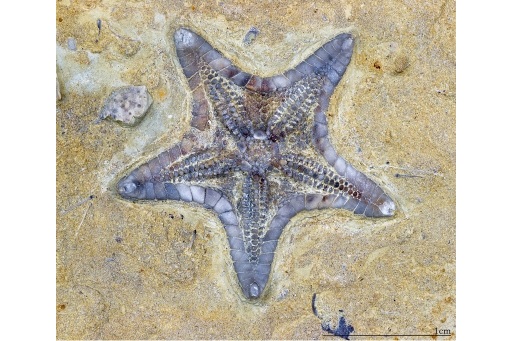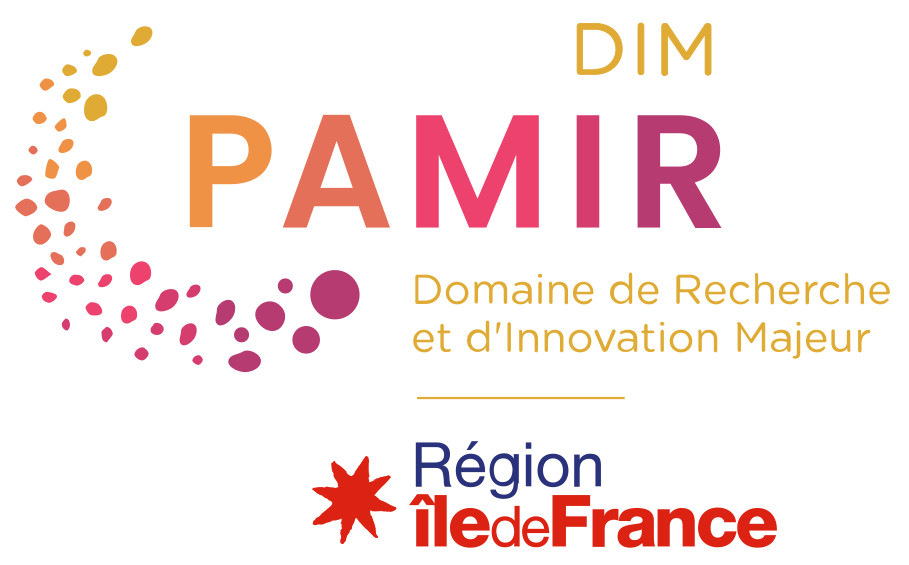
3D imaging of fossils
5th International palaeontological congress : the Fossil Week (IPC5)
Responsabilité scientifique :
- Isabelle Rouget
Axes de recherche :
Altération et conservation
Analyses en toute sécurité
Fossiles et témoins de vie ancienne
Signal, calcul et statistiques
Usages, archives et réflexivité
Analyses en toute sécurité
Fossiles et témoins de vie ancienne
Signal, calcul et statistiques
Usages, archives et réflexivité
Partenariat :
ID projet : IDF-DIM-MAP-2018-A-001
Descriptif :
L’IPC – International Palaeontological Congress – est organisé tous les quatre ans sous les auspices de l’Association Paléontologique Internationale (www.ipa-assoc.org). Après Sydney (Australie) en 2002, Pékin (Chine) en 2006, Londres (Royaume-Uni) en 2010 et Mendoza (Argentine) en 2014, le congrès se déroulera à Paris du 9 au 13 juillet 2018.
Il réunira environs 1000 chercheurs nationaux et internationaux qui présenterons les dernières avancées des recherches touchant à la paléontologie.
Un large spectre des applications en paléontologie, allant de l’étude des environnements anciens, de la taphonomie, de l’évolution, des biominéraux, de la conservation des collections en passant par les techniques analytiques sera abordé dans 43 sessions scientifiques.Soutien à la Session 16 : « 3D imaging of fossils: novel approaches, advances and data management ».
Date : 11 juillet 2018.
Il réunira environs 1000 chercheurs nationaux et internationaux qui présenterons les dernières avancées des recherches touchant à la paléontologie.
Un large spectre des applications en paléontologie, allant de l’étude des environnements anciens, de la taphonomie, de l’évolution, des biominéraux, de la conservation des collections en passant par les techniques analytiques sera abordé dans 43 sessions scientifiques.Soutien à la Session 16 : « 3D imaging of fossils: novel approaches, advances and data management ».
Date : 11 juillet 2018.
Since the mid 1990’s, techniques for imaging and analysing specimens digitally and in 3D have grown increasingly popular among morphologists. New developments in standard tomographic techniques (e.g. X-ray computed tomography) and novel imaging approaches (e.g. synchrotron based
fast X-ray scanning and full-field multispectral imaging) can now be applied to a wide range of topics in palaeontology including morphology, evolutionary palaeontology, taphonomy and fossil conservation. These developments also raise new questions regarding the management of 3D digital datasets, including the availability, ownership and permitted usage of such data. The aim of the symposium is to address advances in imaging and data processing techniques, and also to tackle issues related to data management (both within and beyond the academic community).
This symposium is linked with a mid-congress visit to the IPANEMA Platform, SOLEIL synchrotron and the CT Scan facility AST-RX at the MNHN.
fast X-ray scanning and full-field multispectral imaging) can now be applied to a wide range of topics in palaeontology including morphology, evolutionary palaeontology, taphonomy and fossil conservation. These developments also raise new questions regarding the management of 3D digital datasets, including the availability, ownership and permitted usage of such data. The aim of the symposium is to address advances in imaging and data processing techniques, and also to tackle issues related to data management (both within and beyond the academic community).
This symposium is linked with a mid-congress visit to the IPANEMA Platform, SOLEIL synchrotron and the CT Scan facility AST-RX at the MNHN.

